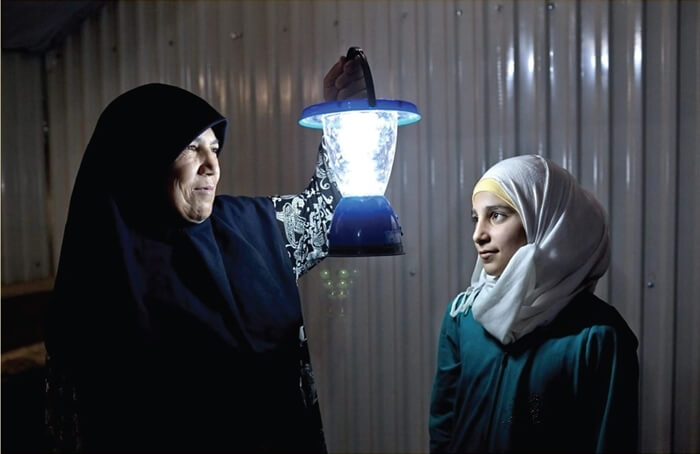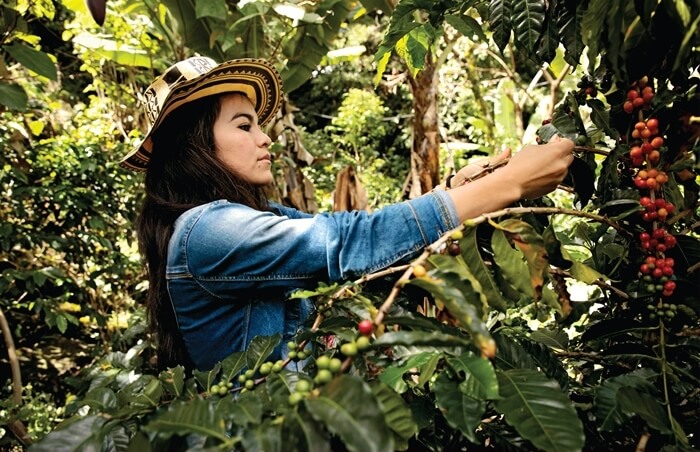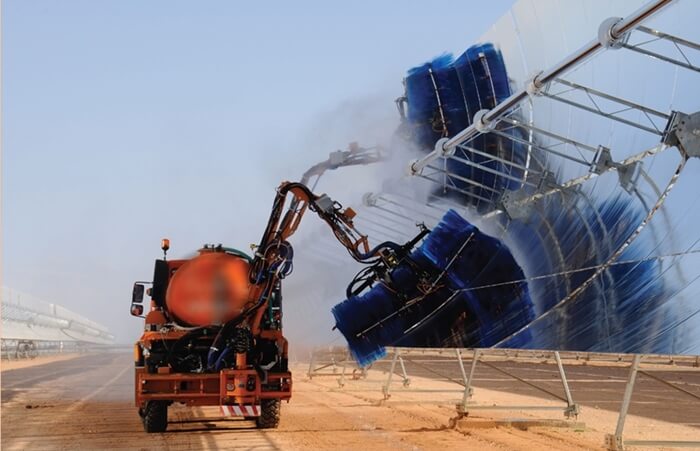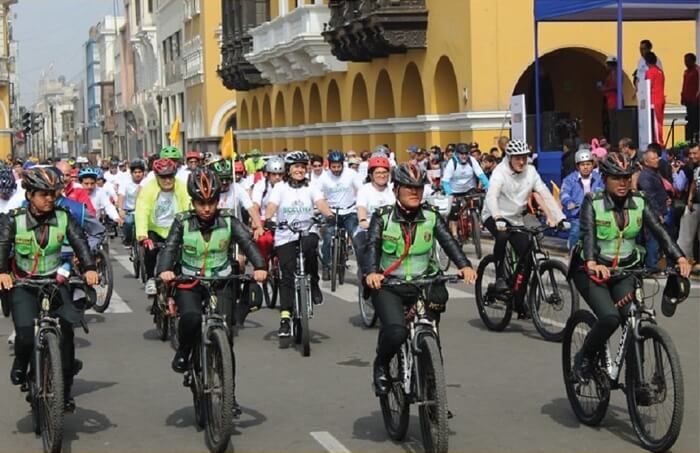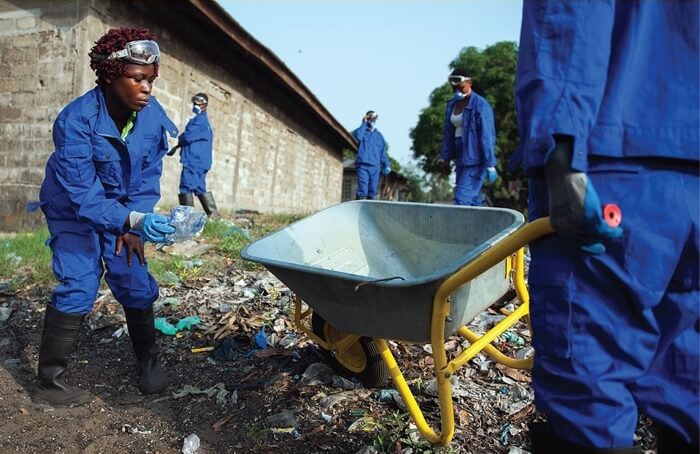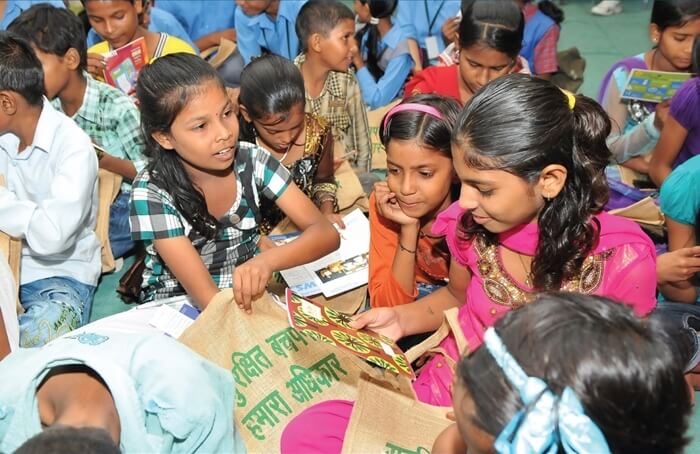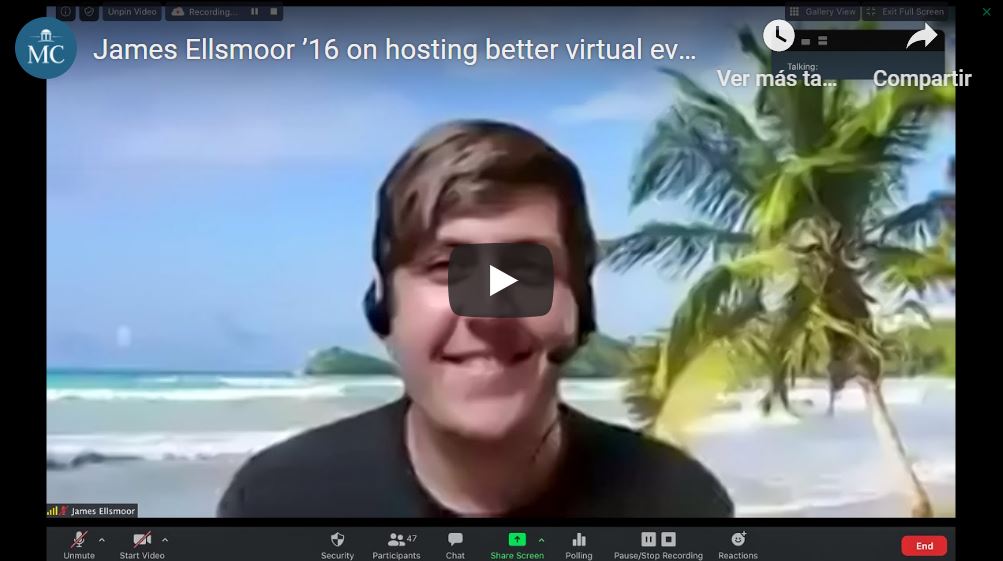Excerpt from Mongabay
How can we support Indigenous communities in using their current knowledge and knowhow to improve their living standards?
Three shifts in investment practice could yield more sustainable, organic outcomes while honoring and empowering local and traditional communities.
Physicist and economist Cesar Hidalgo posits that knowledge and knowhow — not capital, technology, labor, or land — is the ultimate production factor that drives economic growth. Hidalgo defines knowledge as a human link to information, the ability to comprehend reality and make sense of it. He describes knowhow as the physical ability to make use of that knowledge, which is gained through experimentation, interaction and experience.
In Why Information Grows, a fascinating rethink of economic growth through the lens of physics and information theory, Hidalgo argues that for information to grow, it must be embodied in physical solids, such as products, people, organizations and networks.
From raw materials to knowhow
Instead of analyzing trade relations in terms of monetary value, Hidalgo proposes we consider the balance of knowledge exchanged. He provides the example of Chile (which exports fruits, copper, and other commodities) and South Korea (exports electronics). On paper, the monetary balance should favor the country with the surplus of raw materials, but the Republic of Korea has the higher GDP. They are exporting valuable information and the practical use of their knowledge.

Island Innovation is a social enterprise and digital media company at the intersection of sustainable development and communications, offering specialised services across various sectors. We bring together the private sector, government, utilities, NGOs and universities to advance innovation for sustainability and prosperity in islands worldwide.

